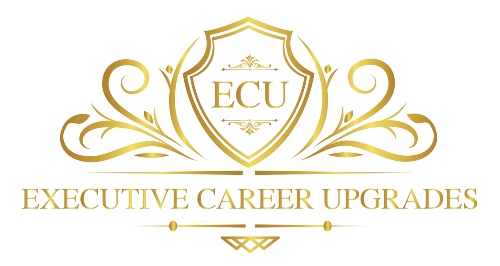As a senior executive, you’ve given years of your life to building a career. You’ve seen the rise and fall of industries, navigated economic downturns and climbed the corporate ladder.
But despite your success, you can’t shake the feeling that it’s time for a change. Maybe you’ve always been drawn to a different industry or have simply hit a plateau (subscription required) in your current field.
No matter the reason, making a career pivot can be daunting. But it is possible—when you take the right steps to set yourself up for success. In my career coaching executives, I’ve found that each journey is unique—but how you prepare and take action is often similar.
Let’s look at some of my top tips to ensure that you’re ready to transition from your current industry to a new one.
1. Start With Your Why
Famed leadership guru Simon Sinek is known for his popular TED talk “Start With Why.” In this talk, he explains that understanding your why—your purpose and beliefs—is the first step to success. This concept applies not just to businesses but also to individuals.
Before embarking on a career pivot, take some time to reflect on your own why. What are your passions? What do you value? What type of impact do you want to make in the world? Knowing these answers will help guide you toward a career that aligns with your true purpose.
2. Identify Your Transferable Skills
Chances are, you have valuable skills and experiences from your current career that can be applied to a new one. And this goes beyond the hard skills—those that are teachable and measurable—to include soft skills.
3. Conduct A Skills Gap Analysis
Once you’ve identified your transferable skills, you’ll probably note that there are some skills you’re less ready to transfer. This list tends to include technology, industry-specific knowledge or even tools and software. Consider that computing power has increased over a trillion-fold since the 1950s and you’ll soon start to feel outpaced.
Don’t let this discourage you—now is the perfect time to conduct a skills gap analysis.
A skills gap analysis involves inventorying your current skills and identifying areas where you may need to improve or gain new knowledge. There are several ways to conduct this analysis: You could seek feedback from mentors or colleagues, take self-assessments or explore job descriptions for your desired role. Be honest and identify areas where you may need more experience or training.
The results will help guide your learning and development plan, allowing you to fill in gaps before pursuing your dream career.
4. Leverage Your Network
With your why in hand—and your new list of skills—reach out to your network to see if they have any insights or connections that could help you fill in your skills gaps. This might be through informational interviews, shadowing opportunities or even taking on a new project alongside a more experienced colleague.
Your network is an excellent resource for guidance and wisdom as you consider your leap. Not only will they offer access to potential resources and roles, but they can provide an unbiased voice of reason when you’re feeling overwhelmed or unsure.
5. Craft Your Narrative And Portfolio
If you’ve found some roles you would like to apply for, it’s time to return to your why—your personal brand and narrative. How can you tailor your story to fit the role and company you’re interested in?
This is where a well-crafted portfolio comes in handy. Use this to showcase your skills, experiences, and accomplishments through examples and visuals. Make sure it aligns with your personal brand while still having the necessary elements, such as:
• A CV with relevant work experience and education
• A summary of your key skills and achievements
• Samples of your work that pertain to the role you’re seeking
• Testimonials or references from previous employers or colleagues
Remember to keep your narrative consistent and authentic, highlighting your unique strengths and experiences. Don’t be afraid to show some personality; this can help you stand out from other candidates.
6. Embrace A Growth Mindset
Earlier we discussed the concept of “filling skills gaps”—investing in training and education to make up for areas where you may be lacking. While this is certainly beneficial, the bigger picture is the need to develop a growth mindset in your work.
Remember: Transitioning to a new industry requires a willingness to learn, adapt and embrace change. Adopting a growth mindset—the belief that your abilities can be developed through dedication and hard work—is essential for success in your career pivot.
Key elements of a growth mindset:
• Approach new challenges as opportunities for learning.
• Seek feedback, including constructive criticism, as a means of improvement.
• Celebrate small wins and milestones along your journey to maintain motivation and momentum.
• Surround yourself with supportive individuals who encourage your growth and provide guidance.
Should the need to fill skills gaps arise for any potential career paths, remember to view this as a chance to expand your knowledge and capabilities. A growth mindset sets that foundation early!
Making A Jump Is Still Possible—Even For Seasoned Executives
A career pivot as a senior executive takes courage, self-reflection and strategic planning. But that doesn’t mean it’s impossible for a “seasoned” professional. Many successful leaders have made significant career changes later in their careers. Think of the life of Julia Child, who began her illustrious career in culinary arts at age 50, or John Glenn, who pivoted from astronaut to U.S. senator at 53.
Remember, a career pivot is not about starting over but rather building on the foundation of your unique experiences and strengths.


